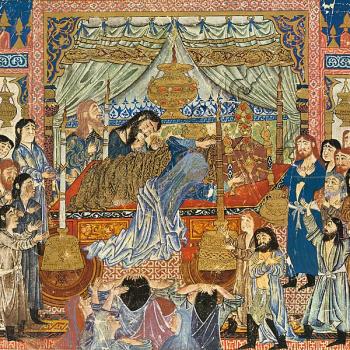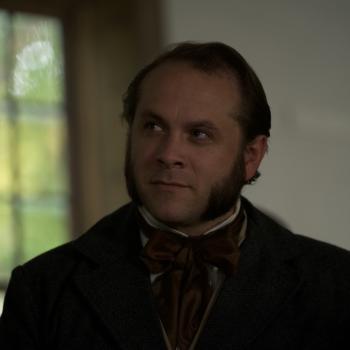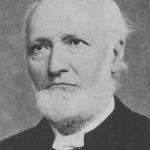
The funeral services for a dear friend, Bianca Palmieri Lisonbee, were held this morning. Last night, too, along with a mutual friend who happened to be visiting from Orlando for meetings connected with BYU’s International Center for Law and Religion Studies (and whom we drove to the airport thereafter), my wife and I attended the viewing for Bianca. It was gratifying to see the large numbers of people who turned out to honor her and, thereby, to honor a life very well lived. We had traveled with Bianca and her husband, David — a shared balloon-ride in Cappadocia is especially memorable — and they have been generous supporters of the Interpreter Foundation. Moreover, they kindly allowed us to film some of the interviews for our Witnesses film project in their beautiful home, and Bianca was typically present there for the interviews, listening with rapt and intelligent attention. She even appeared once on our Interpreter Radio Show. It’s difficult to process the fact that she has now moved on. We will miss her.
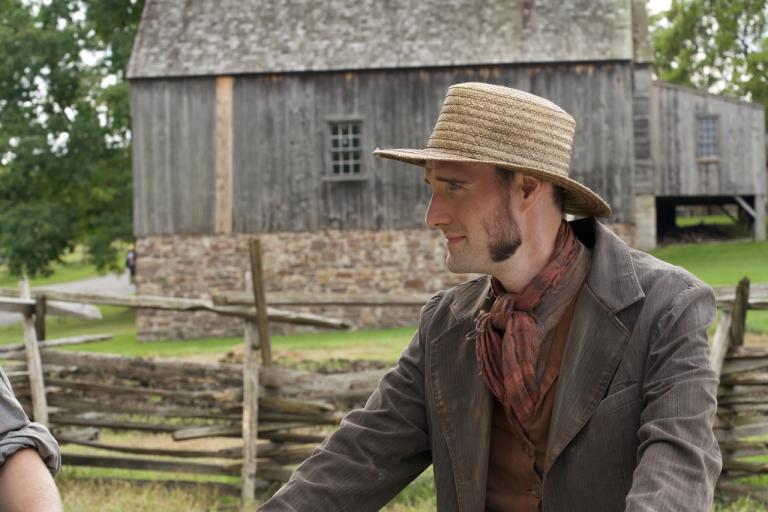
Some time back, I read Stephen C. Meyer, Signature in the Cell: DNA and the Evidence for Intelligent Design (New York: HarperOne, 2009). Stephen Meyer earned an undergraduate degree from Whitworth College, in Spokane, Washington, and then worked in Texas for several years as a geophysicist before going on to receive a Ph.D. in the philosophy of science from the University of Cambridge, in England.
I share here a few passages from Signature in the Cell:
As I explained repeatedly to reporters and cable-news hosts, the theory of intelligent design is not based on a religious text or document, even if it does have implications that support theistic belief . . . . Instead, intelligent design is an evidence-based scientific theory about life’s origins that challenges strictly materialistic views of evolution.
Indeed, the theory of intelligent design challenges a specific tenet of contemporary evolutionary theory. According to modern neo-Darwinists such as Oxford’s Richard Dawkins, living systems “give the appearance of having been designed for a purpose.” But, to Dawkins and other contemporary Darwinists, that appearance of design is entirely illusory, because wholly undirected processes such as natural selection and random mutations can produce the intricate design-like structures in living systems. In their view, natural selection can mimic the powers of a designing intelligence without being guided or directed in any way.
In contrast, the theory of intelligent design holds that there are tell-tale features of living systems and the universe that are best explained by an intelligent cause — that is, by the conscious choice of a rational agent — rather than by an undirected process. Either life arose as the result of purely undirected processes, or a guiding intelligence played a role. Advocates of intelligent design argue for the latter option based on evidence from the natural world. The theory does not challenge the idea of evolution defined as change over time or even common ancestry, but it does dispute the Darwinian idea that the cause of all biological change is wholly blind and undirected. Even so, the theory is not based on biblical doctrine. Intelligent design is an inference from scientific evidence, not a deduction from religious authority. (4)
Observations of such structures led thinkers as diverse as Plato and Aristotle, Cicero and Maimonides, Boyle and Newton to conclude that behind the exquisite structures of the living world was a designing intelligence. As Newton wrote in his masterpiece The Opticks: “How came the Bodies of Animals to be contrived with so much Art, and for what ends were their several parts? Was the Eye contrived without Skill in Opticks, and the Ear without Knowledge of Sounds? . . . And these things being rightly dispatch’d, does it not appear from Phaenomena that there is a Being incorporeal, living, intelligent . . . ? (11)
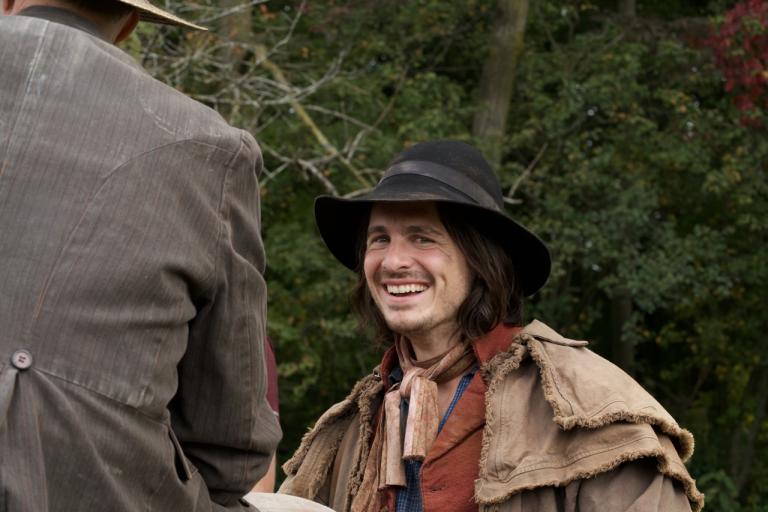
And here’s a further assemblage of passages:
As Crick himself put it thirty-five years after he and Watson discerned the structure of DNA, biologists must “constantly keep in mind that what they see was not designed, but rather evolved.” . . .
Indeed, when Watson and Crick discovered the structure of DNA, they also discovered that DNA stores information using a four-character chemical alphabet. Strings of precisely sequenced chemicals called nucleotide bases store and transmit the assembly instructions — the information — for building the crucial protein molecules and machines the cell needs to survive. . . .
[C]ertain sequences of chemical bases along the spine of the DNA molecule convey precise instructions for building proteins. Like the precisely arranged zeros and ones in a computer program, the chemical bases in DNA convey information in virtue of their “specificity.” As Richard Dawkins notes, “The machine code of the genes is uncannily computer-like.” Software developer Bill Gates goes further: “DNA is like a computer program but far, far more advanced than any software ever created.”(12)
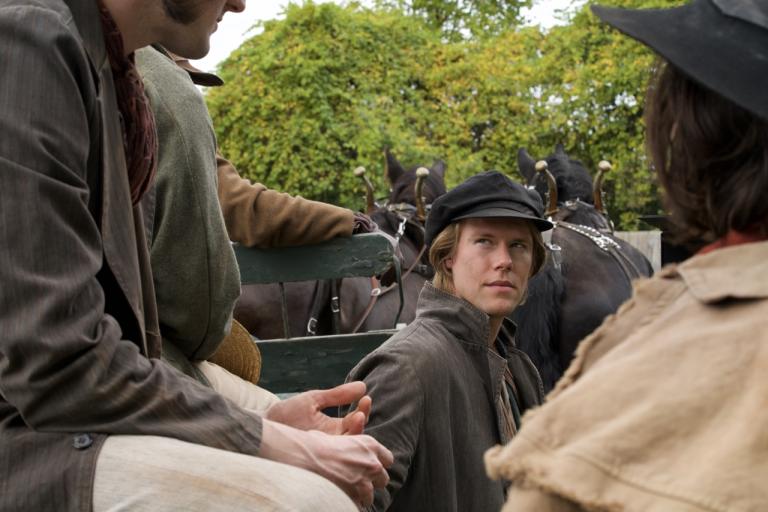
Indeed, since Watson and Crick’s discovery, scientists have increasingly come to understand the centrality of information to even the simplest living systems. DNA stores the assembly instructions for building the many crucial proteins and protein machines that service and maintain even the most primitive one-celled organisms. It follows that building a living cell in the first place requires assembly instructions stored in DNA or some equivalent molecule. As origin-of-life researcher Bernd Olaf-Küppers explains, “The problem of the origin of life is clearly basically equivalent to the problem of the origin of biological information.” (13)

When Watson and Crick discovered the structure and information-bearing properties of DNA, they did indeed solve one mystery, namely, the secret of how the cell stores and transmits hereditary information. But they uncovered another mystery that remains with us to this day. This is the DNA enigma — the mystery of the origin of the information needed to build the first living organism. (14)

This item — quite unrelated to Watson and Crick — was found directly adjacent to the Christopher Hitchens Memorial “How Religion Poisons Everything” File™: “Media revelation: Two-parent homes are good for children. Religion questions, anyone?” Really. Can you honestly say that you were surprised?






